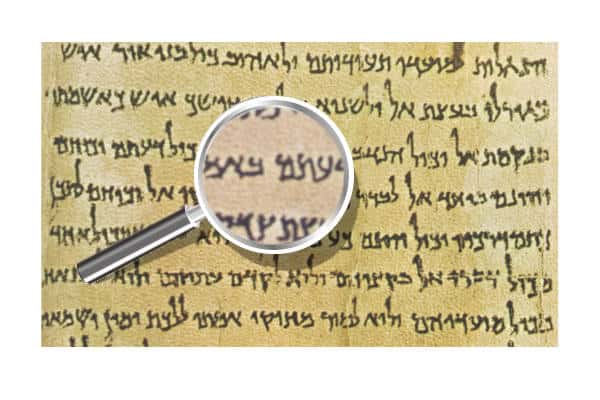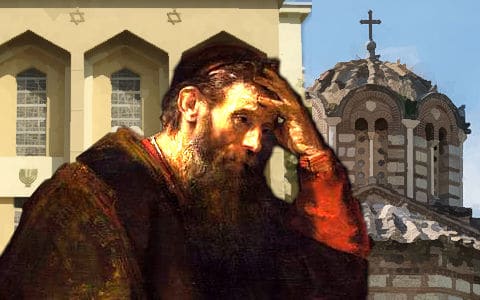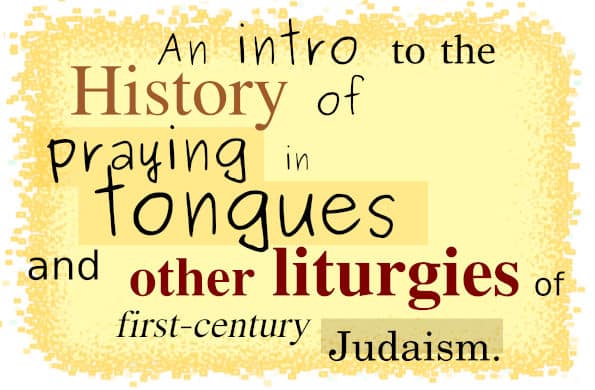The Ambrosiaster Latin text with its beginnings in the fourth-century gives insight and much-needed clues on the mystery tongues of Corinth.
The Ambrosiaster author(s) believed Paul was describing the adoption of a synagogue rite. It consequently led to the misuse of Hebrew and Aramaic to an audience that did not understand these languages. There was no awareness of ancient Pythian prophetesses, ecstasy, Montanists, or glossolalia. Nor was there an association with speaking in tongues as a sign of a true believer.



